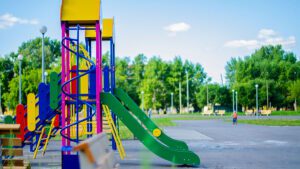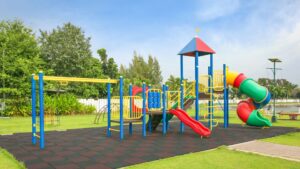Public parks are vital green spaces that serve as gathering points for communities, offering recreation, relaxation, and social interaction. While many parks exist across the world, not all of them are successful. Some parks simply don’t meet the needs of their communities. To design and maintain a park that gets a five-star rating or ranks high on the ParkScore Index, urban planning and a focus on user experience are essential.
In this article, we will explore the key elements that contribute to the success of public parks. Whether it’s thoughtful placement, green space, or engaging amenities, these components ensure that a park becomes a cherished part of the community.

1. The Importance of Park Design
Creating a park is more than just a simple landscaping job. It’s a comprehensive process involving planning, designing, and managing the space so it meets the needs of all visitors. A well-designed park should offer both beauty and functionality, providing a place where people can unwind, exercise, socialize, or connect with nature.
Key Aspects of Good Park Design:
- Collaboration: Parks are designed with the help of urban planners, landscape architects, and community members. Their feedback ensures that parks are welcoming and functional.
- Community Input: Parks are meant to serve the needs of the residents. It’s crucial to understand the community’s preferences to ensure the park is relevant and valued by them.
- Inclusivity: Ensuring accessibility for people of all abilities is a key element of modern park design.
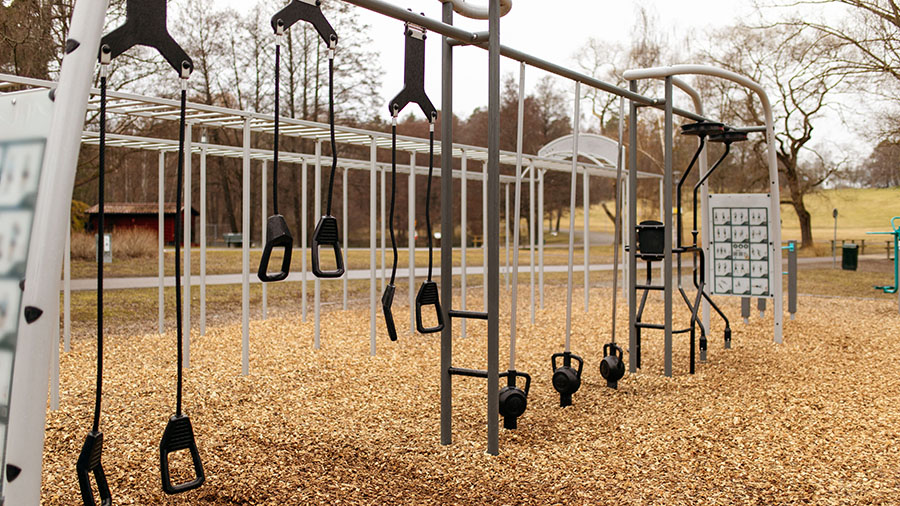
2. The Role of Location
The success of a park starts with its location. A central, easily accessible location will ensure that people of all walks of life can visit the park. The closer it is to where people live, the more likely they are to visit frequently.
Ideal Park Location Criteria:
- Accessibility: The park should be located within a 10-30 minute walking distance for most of the community. The easier it is to reach, the more visitors it will attract.
- Community Needs: The location should also reflect the specific needs of the surrounding area. For example, an urban park may need more recreational features, while parks in residential areas may focus more on quiet spaces and nature.

3. Incorporating Nature into Park Design
Nature is a crucial component of any successful park. Green spaces provide much-needed relief from the concrete jungle of city life. A park should be designed to connect people with nature, whether through lush greenery, water features, or wildlife.
Essential Nature Elements for Successful Parks:
- Variety of Plant Species: Incorporating a wide range of plants adds to the park’s biodiversity and makes it more appealing.
- Water Features: Ponds, streams, or fountains can create peaceful spaces and help attract wildlife.
- Maintenance: Regular care of plants and green spaces ensures that the park remains visually appealing and enjoyable for visitors.
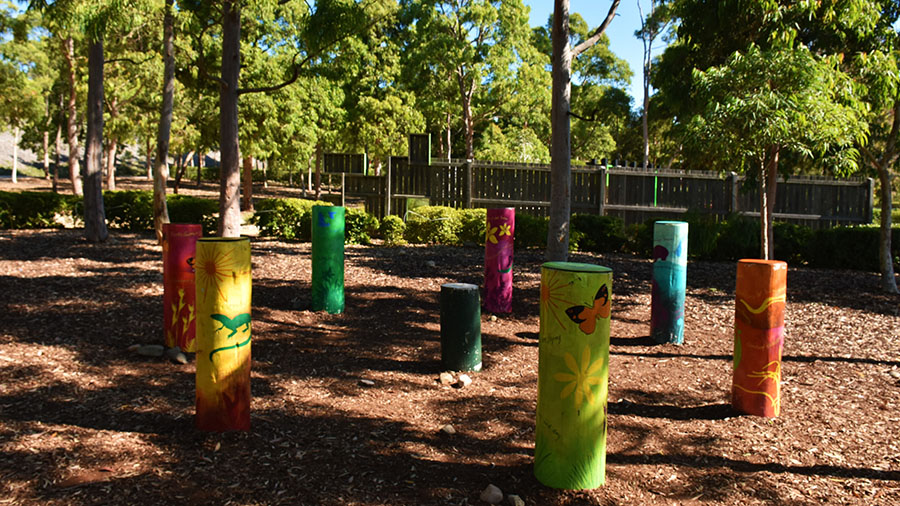
4. Seating and Gathering Areas
No matter how beautiful the park is, people won’t stay long if there aren’t places to sit and relax. Offering ample seating options is essential to make the park inviting and comfortable for people to gather, read, chat, or simply rest.
Types of Seating to Include:
- Park Benches: Ideal for those who prefer to sit and enjoy the view.
- Picnic Tables: These are great for family gatherings or group activities.
- Shade Areas: Ensure there are shaded seating options, especially in sunny climates.
5. Play Equipment for All Ages
A successful public park is one that offers recreational opportunities for all age groups. This includes everything from playgrounds for children to sports facilities for teens and adults.
Popular Play Equipment and Features:
- Playgrounds: Slides, swings, and climbing structures are classic park features that cater to children.
- Sports Facilities: Basketball courts, soccer fields, and tennis courts appeal to older kids and adults.
- Inclusive Play: Sensory playgrounds and adaptive equipment cater to children with disabilities, ensuring all families can enjoy the park.
- Dog Parks: These areas are essential for pet owners, providing space for dogs to exercise and socialize.
6. Ensuring Park Security
A park should feel like a safe space for everyone. Security is a critical factor that affects how comfortable people feel in the park. While visible security is important, it should never feel intrusive or overwhelming.
Key Security Elements for Parks:
- Security Patrols: Regular patrols by staff or local authorities can ensure safety.
- Emergency Services: Having clear signage for emergency services or even on-site security stations can reassure visitors.
- Lighting: Proper lighting can help reduce crime and make parks more inviting after dark.
7. Walking Paths and Trails
Walkways and trails enhance the park experience by allowing visitors to explore the natural beauty of the area. Whether it’s a simple perimeter path or more extensive trail systems, these paths help guide foot traffic and provide opportunities for exercise.
Types of Paths:
- Perimeter Trails: For casual walks or jogs, these paths can be easily maintained and provide a quick route through the park.
- Nature Trails: Trails that wind through wooded areas, near ponds, or along rivers can enhance the natural experience of the park.
- Accessibility: Ensure that paths are wide, smooth, and accessible for everyone, including those using wheelchairs or strollers.
8. Cleanliness and Maintenance
A clean park is essential for attracting visitors. No one wants to spend time in a park that’s filled with litter, graffiti, or neglected facilities. Regular maintenance is key to preserving the park’s appearance and making it a pleasant place to visit.
Maintenance Tips for Parks:
- Restroom Cleanliness: Keeping park restrooms well-stocked and hygienic is one of the most critical aspects of park maintenance.
- Trash Pickup: Frequent garbage collection and providing ample bins around the park help keep the area tidy.
- Landscaping: Regular mowing, trimming, and plant care are vital to maintaining the park’s aesthetic.
9. Promoting Accessibility and Inclusion
A successful park is one that welcomes all members of the community, regardless of age, ability, or background. Creating inclusive spaces means designing areas that everyone can enjoy and feel comfortable using.
Inclusive Features to Incorporate:
- Wheelchair Access: Ensure that paths, playgrounds, and facilities are accessible to people with disabilities.
- Adaptive Equipment: Consider offering specialized playground equipment or recreation areas that cater to children with disabilities.
- Cultural Representation: Art, events, and signage should reflect the diversity of the community.
10. Sustainable Practices for Environmental Stewardship
Sustainability is crucial when designing and managing parks. Sustainable practices reduce the park’s environmental footprint and ensure that it remains a healthy, vibrant space for future generations.
Sustainable Practices to Implement:
- Rainwater Harvesting: Collecting rainwater for irrigation reduces water usage.
- Energy-Efficient Lighting: Using solar-powered lights or LED lights can minimize energy consumption.
- Native Plants: Planting native species supports local wildlife and reduces the need for chemical fertilizers and pesticides.

11. Incorporating Technology and Innovation
With the rise of technology, parks can benefit from digital tools that improve visitor engagement and overall management. From mobile apps to real-time updates on park facilities, technology enhances the park experience.
Tech Features to Consider:
- Mobile Apps: Offer apps that provide real-time updates on park events, facilities, and amenities.
- Interactive Maps: Digital maps and guides help visitors navigate the park and discover new areas.
- Smart Benches: Some parks now include charging stations and Wi-Fi on benches to improve the experience.

12. Budget and Financial Management
Effective budget management ensures that the park remains well-maintained and able to offer a variety of programs and services. This includes regular evaluations of funding and resource allocation to make sure the park is financially sustainable.
Key Budget Considerations:
- Grants and Sponsorships: Apply for grants and sponsorships to fund park projects.
- Transparency: Provide the community with access to budget and financial reports to foster trust.
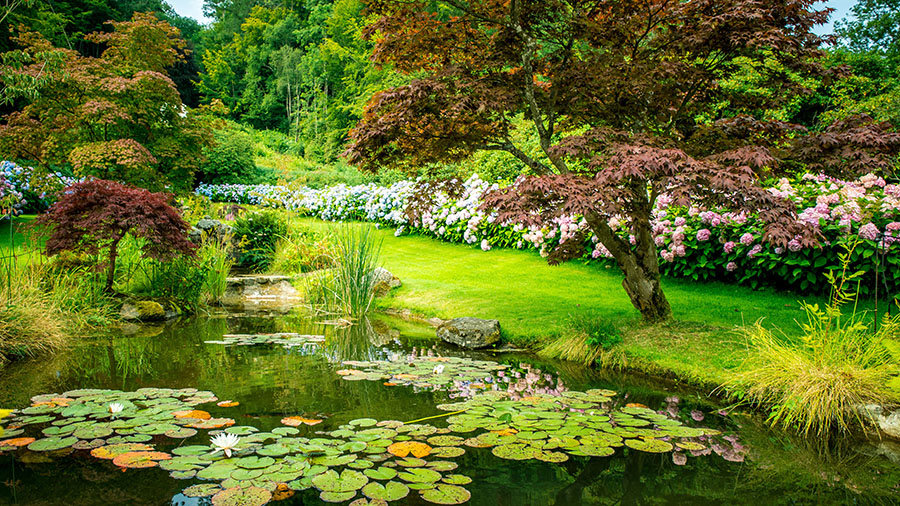
13. Hosting Cultural Events and Entertainment
Finally, hosting cultural events and entertainment can help create a vibrant atmosphere in the park. Events such as live music, festivals, or art displays can attract a wide range of visitors and foster a sense of community.
Cultural Events to Consider:
- Outdoor Concerts: Host local musicians and artists.
- Community Festivals: Hold seasonal events to celebrate local traditions and cultures.
- Public Art: Display public art that reflects the diversity of the local community.
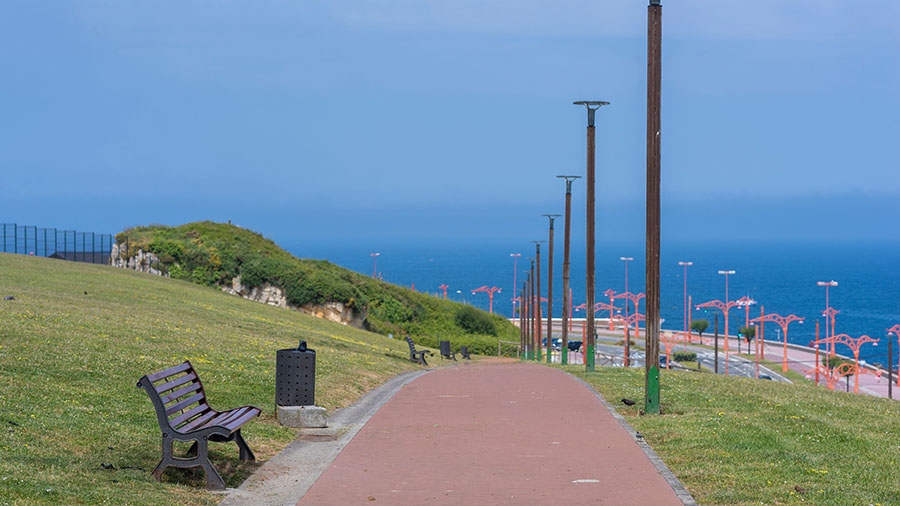
Crafting Parks That People Love
By incorporating these essential elements into park design, planners can create public parks that are not only functional but also beloved by the community. Whether you are designing a new park or improving an existing one, focusing on accessibility, nature, recreation, security, and sustainability will ensure that your park becomes a space that people will enjoy for years to come.

